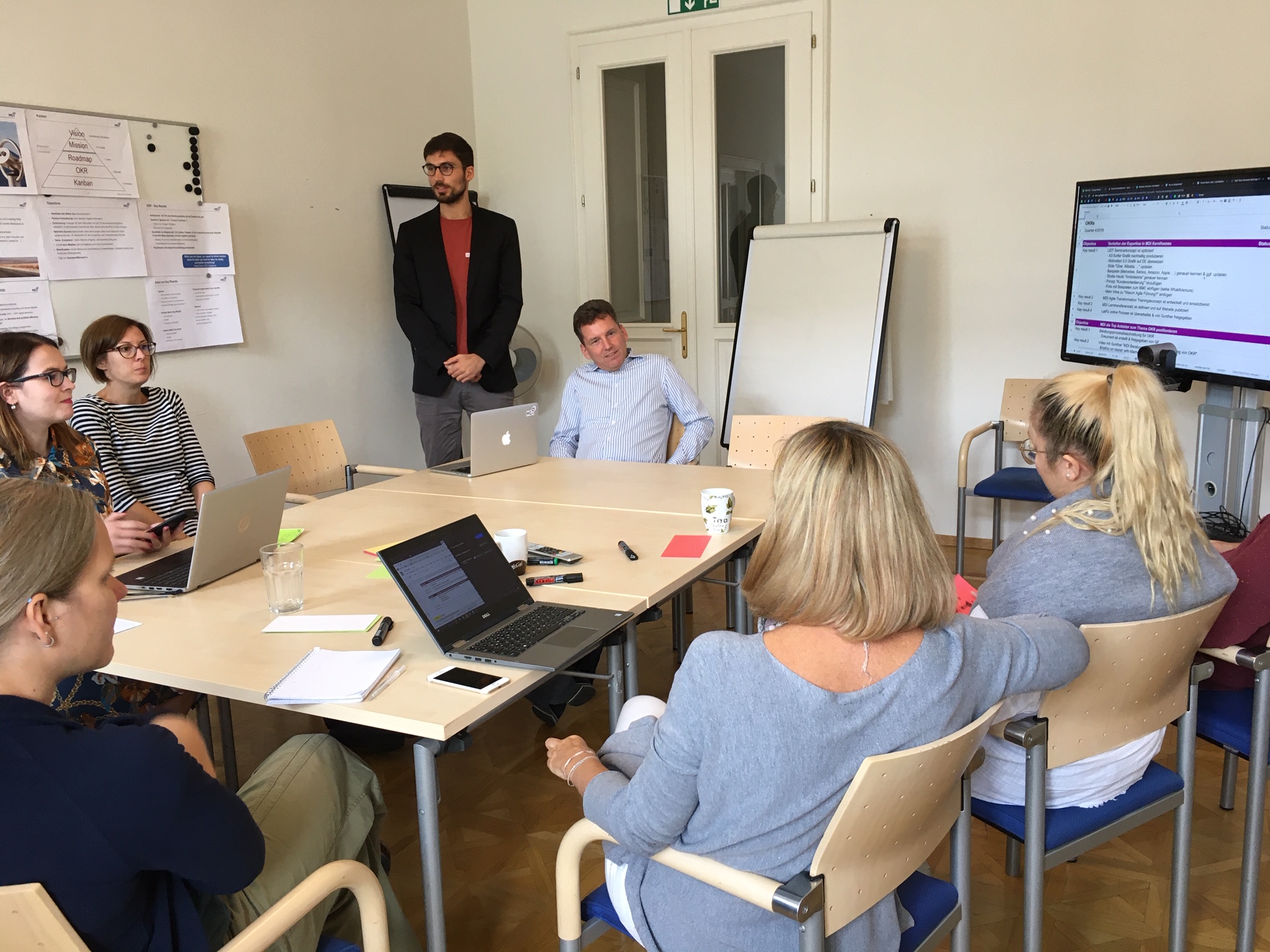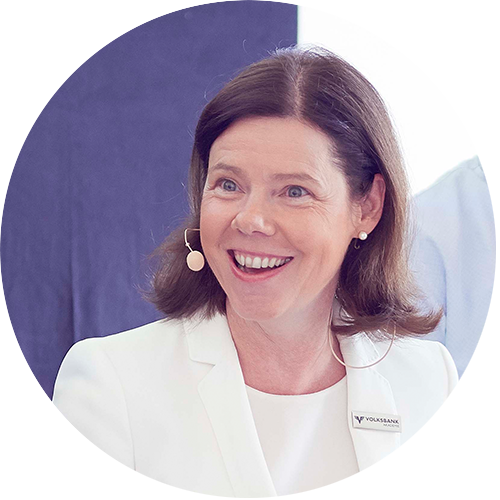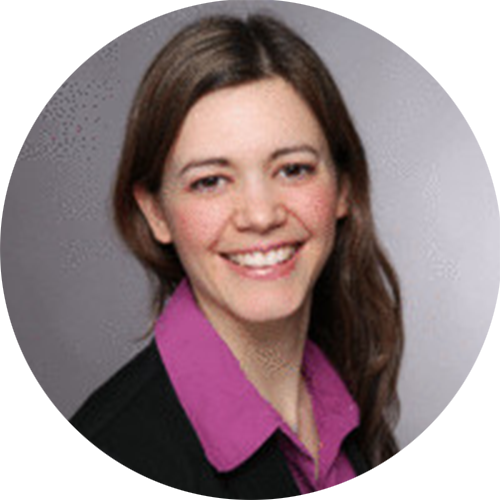Management by Objectives and Key Results is the magic word that is currently causing a sensation in the boardroom. What is the point of the new method, which, after following the example of Google & Co, is increasingly being used by companies from Austria – including now the Volksbank Academy?
This article was originally published in German in the Austrian Magazin Cooperativ (02/2019).
For decades, Management by Objectives (MbO) was the standard method of corporate management, after Peter Drucker first mentioned the term in 1954. But its prime age is coming to an end. After all, it is no longer enough to set goals year after year, then break them down to the company hierarchy and perhaps carry out an interim check during the year in the form of an appraisal interview. I know what I’m talking about: I myself was involved in the introduction of employee appraisal systems in companies such as OMV, Voestalpine or Verbund. Today I can no longer recommend this method. It is simply too slow and non-transparent to cope with the current speed of change and the increase in complexity. The annual budget and annual goals are often unrealistic as early as in April.
The triumph of OKR
More and more companies are therefore focusing on leadership through Objectives and Key Results (OKR). The triumphal procession began around the turn of the millennium in Silicon Valley with companies such as Intel and Google. Meanwhile, companies in almost all industries are throwing traditional target systems such as MbO overboard and start replacing them with OKR, or they are introducing intermediate forms. Especially in the financial sector, a strong move towards OKR can be observed. This is mainly due to the fact that the companies there are increasingly becoming IT companies. But the trade sector is also deeply involved in the digital transformation.

OKR meeting at MDI
How the new leading works
OKR became famous as a leading method of Google. When the search engine giant started with it, its annual turnover was still a few million euros. Today, less than 20 years later, Google is one of the largest and most influential companies in the world. OKR focuses on two main questions:
- Objectives: Where do we want to go and what can we contribute in this quarter to pursue our corporate vision?
- Key Results: What do we need to do to get there and how can we measure it?
The principles behind OKR are transparency, iteration and empowerment.
- Transparency: Everyone in the company can see the goals and the degree of achievement of the others, which results in higher motivation and better orientation. Because employees recognize how the goals are related to the big picture. It is also clear to everyone what the current priorities are. Most of the companies with OKR do not use target achievement bonuses, as transparency and common goals are usually more motivating.
- Iteration: The rhythm of the target setting is based on quarters and not on years. This allows changes to be decided and implemented more quickly. But even within the quarter there is a clear communication and meeting routine – such as monthly stand-up meetings and one-to-one conversations to ensure that focus is maintained.
- Empowerment: Once a quarter, the three to four most important objectives and three key results for measuring them are defined. Representatives from all relevant divisions of the company filter out priorities together with the management. Experience shows that more than half of the objectives are created “bottom up”. The willingness to pursue these in practice is correspondingly high. The framework for establishing the OKR is provided by an annually adjusted roadmap for the next two years. This is in line with the long-term pursuit of the corporate vision.
In traditional MbO, management often focuses on sales and profit targets. Companies that introduce OKRs, on the other hand, start from their contribution to society (e.g. Google: “Organising the world’s information and making it widely accessible and usable”) and consider how best to pursue this in the Strategic Roadmap and OKRs. The intrinsic motivation is much higher because the employees’ need for meaning is met. How is the introduction going? OKR can be introduced in the whole company or in parts of it. For example, there is a German car manufacturer that has introduced OKR throughout the group for hundreds of thousands of employees in a very short time.
The advantage is that the intended agilization is achieved more quickly. More often, however, we experience the introduction in sub-areas, the initiative usually comes from the respective line management. Other divisions or even the top management then become curious and follow the example. Initial guidance from a consultant is recommended, especially in order to use the experience of other companies when defining your own OKR system and to train one or more OKR masters who will then moderate the system design, OKR meetings or coach employees. As soon as the first quarters have been successfully completed, new habits and routines have developed within the company and the desired benefits are beginning to materialize.

Barbara Czak-Pobeheim about the Introduction:
“2017 was a particularly intensive year for us. SAP Success Factors was introduced in the Volksbank Group and implemented in the Academy itself. At the same time the number of Moodle users has increased tenfold and new Seminar formats such as Leadership, Fit & Proper or Regulatory were rolled out. In addition, the team also had to manage daily business and also the claim to be able to strategically develop further. This resulted in the following question: How can we effectively bring together the requirements of stakeholders and their educational issues in a strategic and operational manner? I quickly realized that an innovative educational institution in a rapidly changing environment needs a new agile management method. So I came in contact with OKR. The rollout took place in January 2018 and since then it has been running successful.”
OKR-Master Jasmin Eisenbeutel about the experiences:
“I find it particularly exciting to see the process to accompany and observe the stages of development- starting with the brainstorming of the quarterly business objectives up to their prioritization and the concrete definition of the key results. I see the quarterly meetings with the decision-making process as a challenge, because after all, the team has to select the corporate goals for the coming year from a bunch of promising topics. In everyday working life, the OKR method has proven to be very helpful as a quarterly planning instrument especially for the implementation of new personnel development measures. And: Thanks to OKR, interdepartmental communication is improved. Especially those meetings where the whole team is present, create understanding for the tasks of individual departments and make it clear how they are ultimately connected. Thus, the OKR method contributes to transparency in the company – I see this as the biggest plus”.


